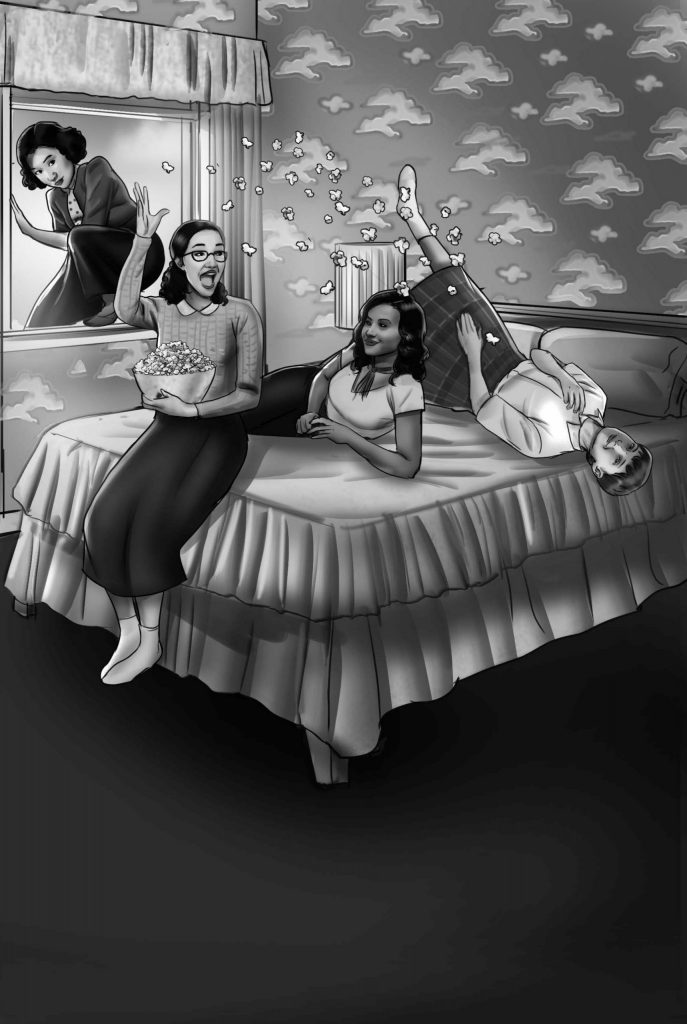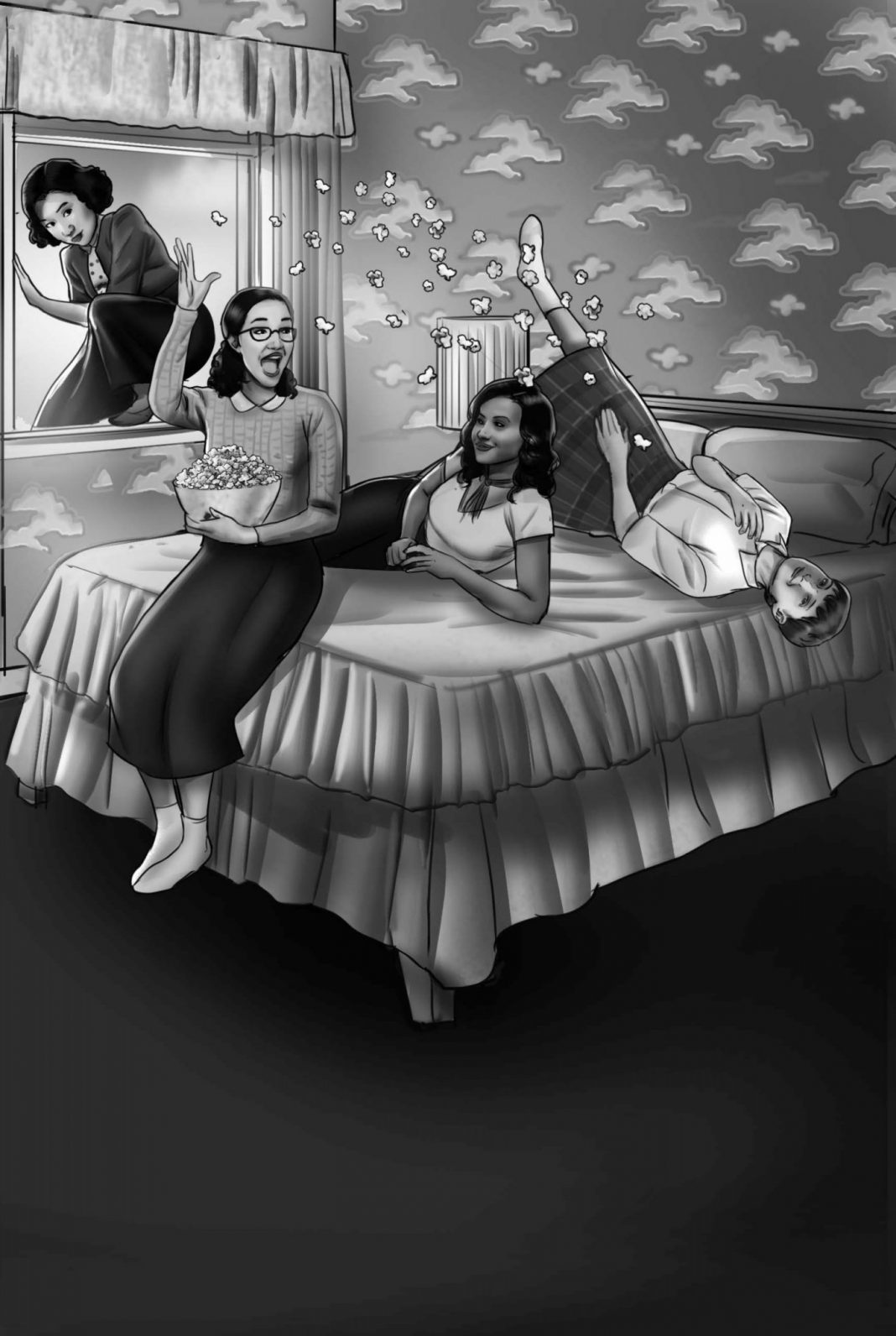Virtual production has revolutionized the film industry, transforming the way movies and TV shows are created. This cutting-edge technology has not only changed how we shoot scenes but has also significantly impacted the pre-production process, particularly storyboarding. In this article, we’ll explore how virtual production is reshaping storyboarding practices and what it means for artists in the field.
The Rise of Virtual Production
Virtual production integrates computer graphics and real-time rendering with traditional filmmaking techniques. Key technologies driving this revolution include LED walls, real-time game engines, and motion capture systems. These tools allow filmmakers to visualize and interact with digital environments in real-time, blurring the lines between pre-production, production, and post-production.
How Virtual Production Changes the Storyboarding Process

Earlier Visualization and Experimentation
With virtual production, storyboard artists can now create more dynamic and interactive previews of scenes. Instead of static 2D drawings, artists can work in 3D environments, allowing directors and cinematographers to explore camera angles and movements in a virtual space before stepping onto a physical set.
Integration of Time Elements
Traditional storyboards often struggle to convey timing and pacing effectively. Virtual production tools enable artists to incorporate time elements directly into their storyboards, creating animatics that more accurately represent the final product.
Shift from Static to Dynamic Storyboarding
The transition from static drawings to dynamic, interactive storyboards represents a significant shift in the industry. Artists can now create storyboards that directors can “walk through” in virtual reality, providing a more immersive understanding of the planned shots.
Advantages of Virtual Production for Storyboard Artists

Increased Creative Freedom
Virtual production tools offer storyboard artists unprecedented creative freedom. They can quickly iterate on ideas, experiment with different compositions, and visualize complex scenes that would be challenging to represent in traditional 2D storyboards.
Real-Time Collaboration
These new tools facilitate better collaboration between storyboard artists, directors, and other departments. Changes can be made on the fly, and everyone involved can see the updates in real-time, streamlining the creative process.
Enhanced Precision
Virtual production allows for more precise planning of shots, including exact camera movements, lens choices, and lighting setups. This level of detail can lead to more efficient shoots and potentially reduce costs in the long run.
Challenges Posed by Virtual Production
Learning Curve
Adopting virtual production techniques requires storyboard artists to learn new software and adapt to different workflows. This learning curve can be steep and may require significant time investment.
Potential Loss of Traditional Skills
As the industry shifts towards digital tools, there’s a risk that traditional drawing and storytelling skills may be undervalued. It’s crucial for artists to maintain these foundational skills alongside new technological proficiencies.
Increased Upfront Costs
Implementing virtual production tools can be expensive, potentially creating barriers for smaller productions or independent artists.
The Continued Relevance of Traditional Storyboarding

Despite the advancements in virtual production, traditional storyboarding remains a vital part of the filmmaking process. Hand-drawn storyboards offer unique advantages:
- Rapid ideation and brainstorming
- Flexibility in early stages of pre-production
- Accessibility for productions with limited budgets
- Preservation of the artist’s personal style and interpretation
The Hybrid Approach: Combining Traditional and Virtual Techniques
Many productions are finding success in combining traditional and virtual storyboarding techniques. This hybrid approach allows teams to leverage the strengths of both methods:
- Initial concepts are quickly sketched out using traditional methods
- Key scenes are then developed into more detailed virtual storyboards
- The final storyboard package includes a mix of 2D and 3D elements
The Value of Traditional Storyboard Agencies in the Virtual Production Era
While virtual production is changing the landscape, traditional storyboard agencies continue to play a crucial role in the industry. Here’s why:
Expertise in Visual Storytelling
Experienced storyboard artists bring a deep understanding of visual storytelling that transcends technology. Their ability to break down a script into compelling visual narratives remains invaluable.
Versatility Across Production Methods
Traditional agencies often have the flexibility to work across various production methods, adapting their services to meet the specific needs of each project.
Cost-Effectiveness for Smaller Productions
For productions with limited budgets, traditional storyboarding services offer a cost-effective way to plan and visualize scenes without the need for expensive virtual production setups.
Maintaining the “Human Touch”
The artistic interpretation and personal style that traditional storyboard artists bring to a project can’t be replicated by technology. This human element often resonates with directors and helps spark creativity in the pre-production process.
Impact on Pre-production and Production Workflows
Virtual production is blurring the lines between pre-production, production, and post-production. This shift is changing how decisions are made throughout the filmmaking process:
- Earlier creative decisions on visual elements
- Reduced need for extensive location scouting
- More accurate budgeting and scheduling based on virtual pre-visualization
Skills for Storyboard Artists in the Virtual Production Age
To thrive in this evolving landscape, storyboard artists should consider developing the following skills:
- Proficiency in 3D modeling and animation software
- Understanding of real-time rendering engines
- Knowledge of virtual camera systems
- Familiarity with VR and AR technologies
- Continued development of traditional drawing and storytelling skills
Future Trends in Storyboarding and Virtual Production
As technology continues to advance, we can expect to see:
- Increased use of AI-assisted storyboarding tools
- Further integration of AR and VR in the storyboarding process
- More accessible virtual production tools for smaller productions
Wrapping it all Up
The impact of virtual production on storyboarding practices is significant and far-reaching. While it presents new challenges, it also offers exciting opportunities for creativity and innovation. Storyboard artists who can adapt to these changes while maintaining their core storytelling skills will be well-positioned to thrive in this new era of filmmaking.
As the industry evolves, the fundamental role of the storyboard artist remains unchanged: to visually interpret scripts and bring stories to life. Whether working with pencil and paper or the latest virtual production tools, the artist’s ability to craft compelling visual narratives will always be at the heart of the filmmaking process.














